Microsoft just signed the biggest corporate renewable energy deal ever — and it's all to keep up with soaring AI data center power demands
Microsoft's $10 billion renewable energy agreement with Brookfield will help it meet soaring power demands driven by AI adoption
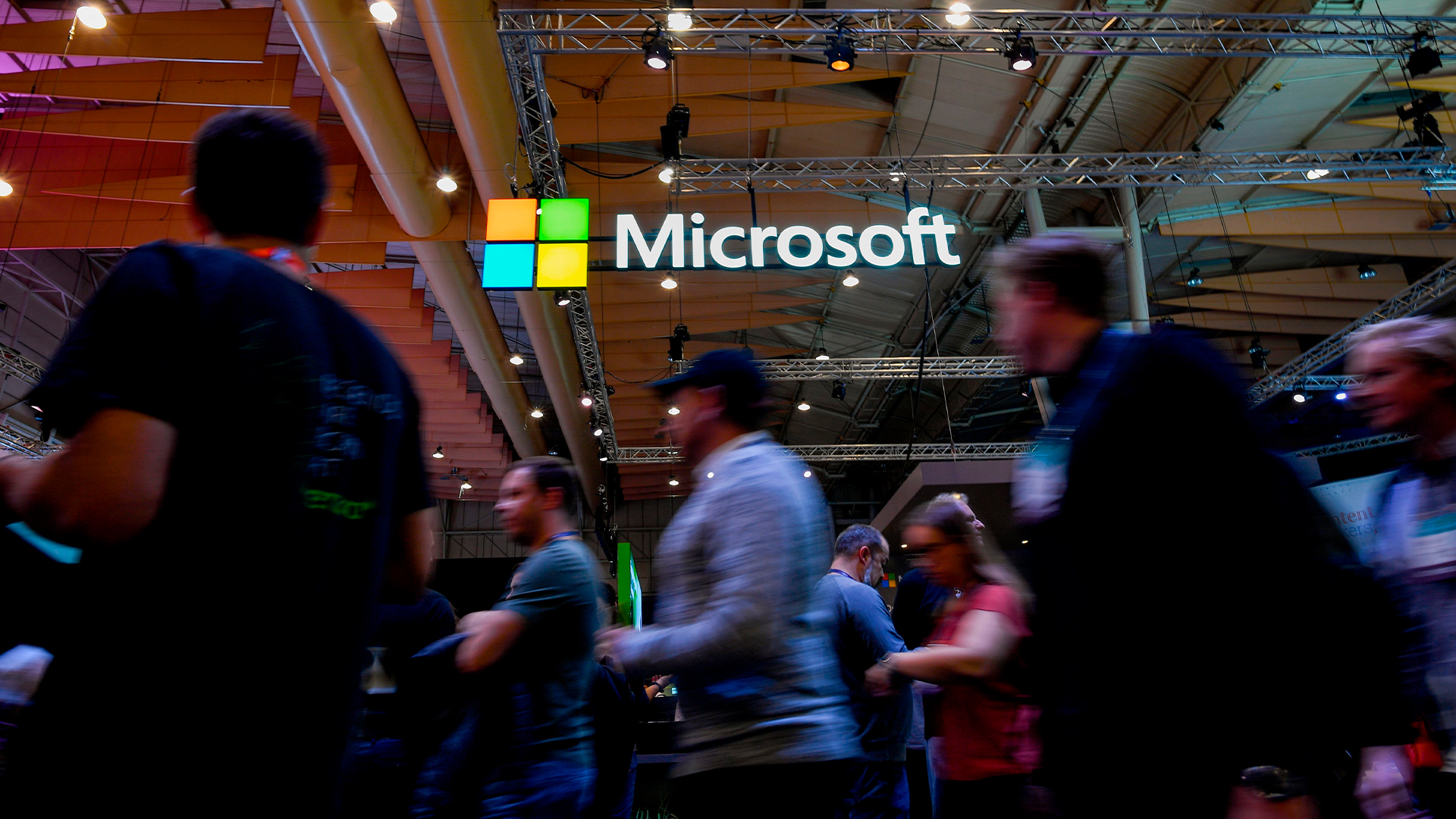

Microsoft announced it has signed a major new renewable energy framework deal with Brookfield to secure sustainable energy for its data centers amid soaring power demands driven by AI.
The hyperscaler committed to invest an estimated $10 billion in renewable energy projects to be developed by Brookfield, which it said will unlock a further 10.5 gigawatts of generating capacity between 2026 and 2030 in the US and Europe.
The deal, which BloombergNEF described as the largest corporate agreement to purchase renewable energy to date, also includes the potential to deliver additional capacity to regions such as Latin America, India, and Asia.
Brookefield president and CEO of its renewable energy arm, Connor Teskey, described this agreement as the first of its kind in terms of scale.
“This first of its kind agreement, which is almost eight times larger than the largest single corporate PPA ever signed, is a testament to our ability to reliably deliver clean power solutions at scale to our corporate partners and accelerate the energy transition.”
Why Microsoft is ramping up alternative energy investment
The move from Microsoft marks the latest in a string of deals from the tech giant to tap into alternative energy sources amidst soaring data center infrastructure power demands.
In October 2023 Microsoft signed a similar PPA agreement in Japan with Shizen Energy that uses energy generated by a 25 megawatt solar park.
Get the ITPro daily newsletter
Sign up today and you will receive a free copy of our Future Focus 2025 report - the leading guidance on AI, cybersecurity and other IT challenges as per 700+ senior executives
Microsoft is not the only hyperscaler exploring reliable sources of clean energy for its cloud infrastructure, either. Both AWS and Google Cloud have made similar moves in recent months.
In January, Google announced it had started building a $1 billion data center north of London that will be powered by renewable energy generated by Scottish offshore wind.
The new data center builds on a previous deal made by Google with French energy ENGIE in 2022 that comprised a 100 megawatt corporate power purchase agreement to provide it with over 5 TWh of green power from the Moray West wind farm.
Amazon also signed a PPA with ENGIE in January, increasing its total share of the output from the Moray wind farm to 473 megawatts, with the site set to become operational later in 2024.
With this agreement in place, Amazon said it will be the largest purchaser of renewable energy worldwide for the fourth year running.
AI explosion puts real pressure on an already constrained energy grid
One of the early movers in the generative AI race over the last 18 months, Microsoft has struck a lead over competitors in the space.
However, the sharpened enterprise focus on the power-hungry technology has placed significant strain on data center infrastructure globally, with industry analysts predicting a rapid surge in power needs over the next decade.
Research from JLL in February suggested data center operators and hyperscalers could face serious challenges meeting power demands in years to come, with regional power limitations expected to exacerbate a “scarcity of data center colocation supply”.
Niklas Lindqvist, general manager for the Nordics at IT infrastructure specialist, Onnec, said that big tech companies face a dilemma between ramping up data center energy capacity while balancing environmental goals.
Microsoft’s recent deal appears to be focused on offsetting the potential hit to ESG targets the company has set while still meeting surging demand.
“The boom in artificial intelligence (AI) and machine learning will pose significant challenges to data center operators attempting to stay in line with ESG commitments and upcoming regulations,” he said. “For example, the EU Corporate Sustainability Reporting Directive (SDS) will emphasize the essential nature of ESG reporting."
“The GPUs that power AI at scale require radically different infrastructure from traditional CPU-powered compute. As AI's power requirements surpass that of existing data center workloads, navigating this new energy landscape requires strategic planning and readiness for the evolving demands of the digital era.”
Moving forward, Lindqvist believes data centers will need to totally overhaul their operations in the future, with sites designed specifically for AI workloads.
“This will mean many operators must overhaul existing power, cooling, and cabling infrastructure. To ensure they’re prepared to handle AI’s energy and cooling demands, operators must design sites holistically, while also using AI to create energy efficiencies and identify opportunities to invest in materials that minimize waste.”
Alex McMullan, International CTO at Pure Storage, told ITPro these new data centers will place additional strain on an already struggling energy grid, noting that hyperscalers are trying to get around these complications by making deals directly with energy producers.
“[B]uilding more data centers compounds the overarching issue around broad AI adoption. That issue is that the new power-hungry GPUs, housed in newer and larger data centers, will place enormous burdens on existing power supply networks,” McMullan said.“This was highlighted by the National Grid CEO, who recently warned of AI’s demands on an already ‘constrained’ grid. In fact, Microsoft has already taken steps to bypass this problem by purchasing a nuclear power plant to power its own facility.”
RELATED WHITEPAPER

McMullan said the long-term solutions to drive power-hungry AI workloads are not mature enough yet, but that the industry needs to find ways to alleviate the pressure already being put on the electricity grid if we are to keep up as these power demands scale.
"It’s going to take years to develop alternative energy sources to deliver long-term power to AI, and that will come in time, but the pressure on the electricity distribution grid is another critical element that needs to be solved in parallel”, he argued.
“The IEA is projecting that data center power consumed globally could double by 2026 at current growth rates. In the meantime, data center owners and their customer organizations are asking, ‘How can I absorb that increase within my current capability?’ as they consider how soon electricity capacity will be maxed out.”

Solomon Klappholz is a former staff writer for ITPro and ChannelPro. He has experience writing about the technologies that facilitate industrial manufacturing, which led to him developing a particular interest in cybersecurity, IT regulation, industrial infrastructure applications, and machine learning.
-
 Should AI PCs be part of your next hardware refresh?
Should AI PCs be part of your next hardware refresh?AI PCs are fast becoming a business staple and a surefire way to future-proof your business
By Bobby Hellard Published
-
 Westcon-Comstor and Vectra AI launch brace of new channel initiatives
Westcon-Comstor and Vectra AI launch brace of new channel initiativesNews Westcon-Comstor and Vectra AI have announced the launch of two new channel growth initiatives focused on the managed security service provider (MSSP) space and AWS Marketplace.
By Daniel Todd Published
-
 OpenAI inks $12bn CoreWeave deal in latest move away from Microsoft
OpenAI inks $12bn CoreWeave deal in latest move away from MicrosoftNews Cloud infrastructure company CoreWeave will supply OpenAI with infrastructure to run the firm's latest models in a deal worth nearly $12 billion.
By Nicole Kobie Published
-
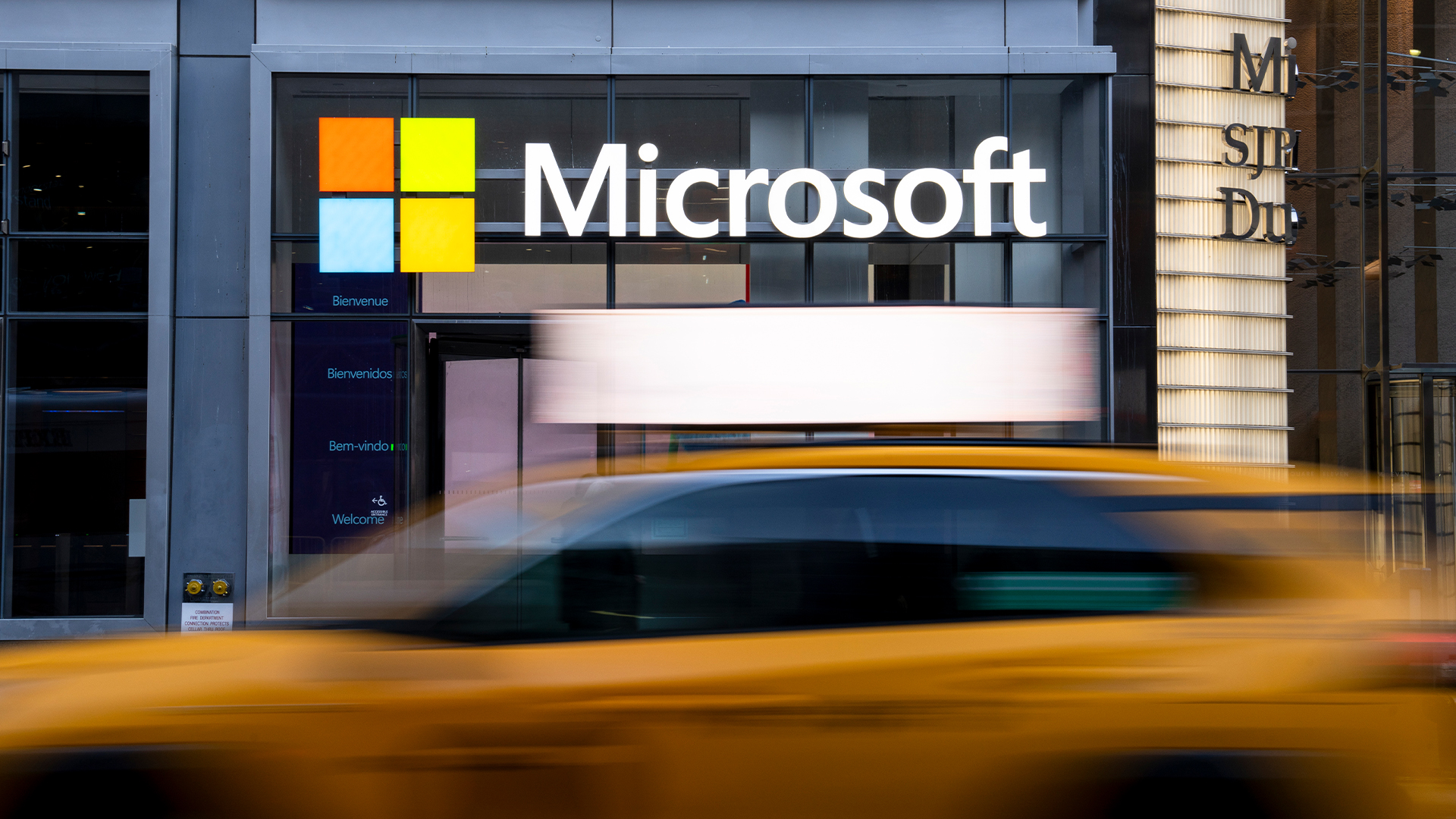 Analysts think Microsoft's data center rollback is bad news for the AI boom – but the company says not to worry
Analysts think Microsoft's data center rollback is bad news for the AI boom – but the company says not to worryNews Microsoft has reportedly ended leases for a significant amount of data center capacity, sparking debate over whether the AI boom is starting to falter.
By Nicole Kobie Published
-
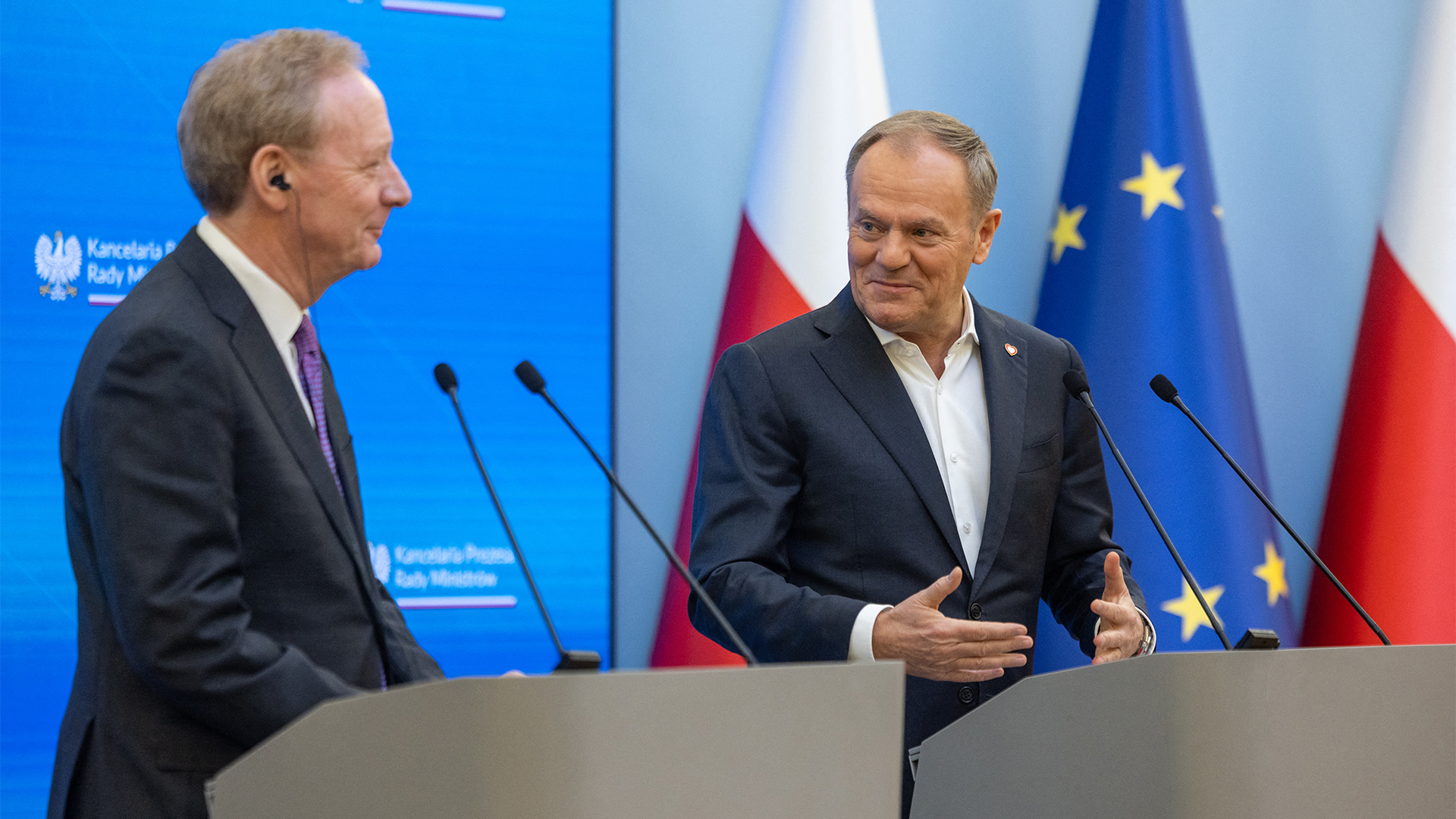 Microsoft invests $700 million to bolster cybersecurity and infrastructure in Poland
Microsoft invests $700 million to bolster cybersecurity and infrastructure in PolandNews Microsoft has announced plans to invest more than $700 million to support AI and cloud infrastructure expansion in Poland alongside cybersecurity support.
By Emma Woollacott Published
-
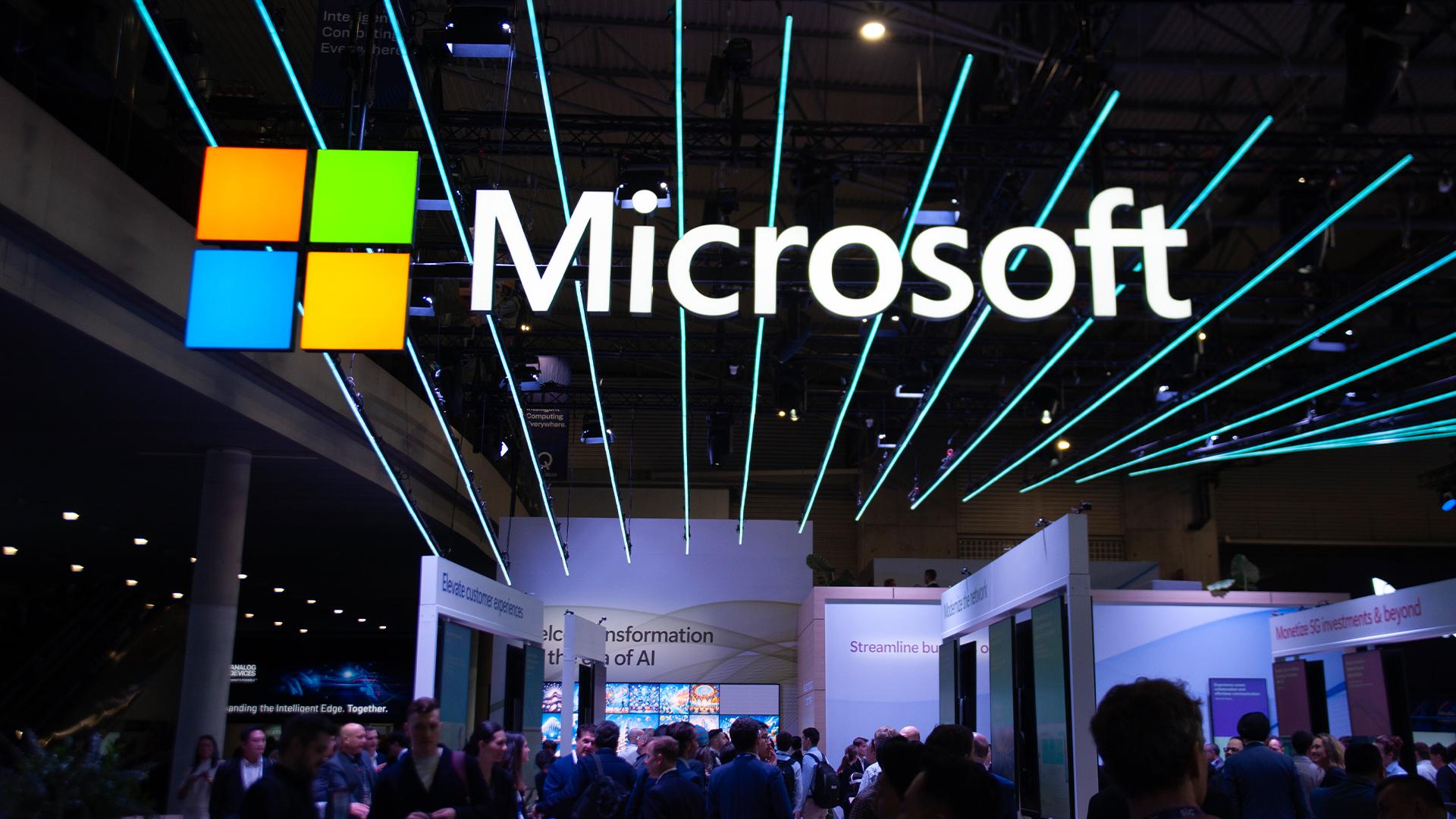 Data center water consumption is skyrocketing, but Microsoft thinks it has a solution – the company's new closed-loop cooling system consumes zero water and could save millions of liters per year
Data center water consumption is skyrocketing, but Microsoft thinks it has a solution – the company's new closed-loop cooling system consumes zero water and could save millions of liters per yearNews Microsoft has revealed fresh details on its 'closed-loop' data center cooling system, which it says uses zero water.
By Solomon Klappholz Published
-
 Meta wants to join the big tech nuclear club
Meta wants to join the big tech nuclear clubNews Meta has become the latest big tech company to explore the use of nuclear energy to power data centers.
By Nicole Kobie Published
-
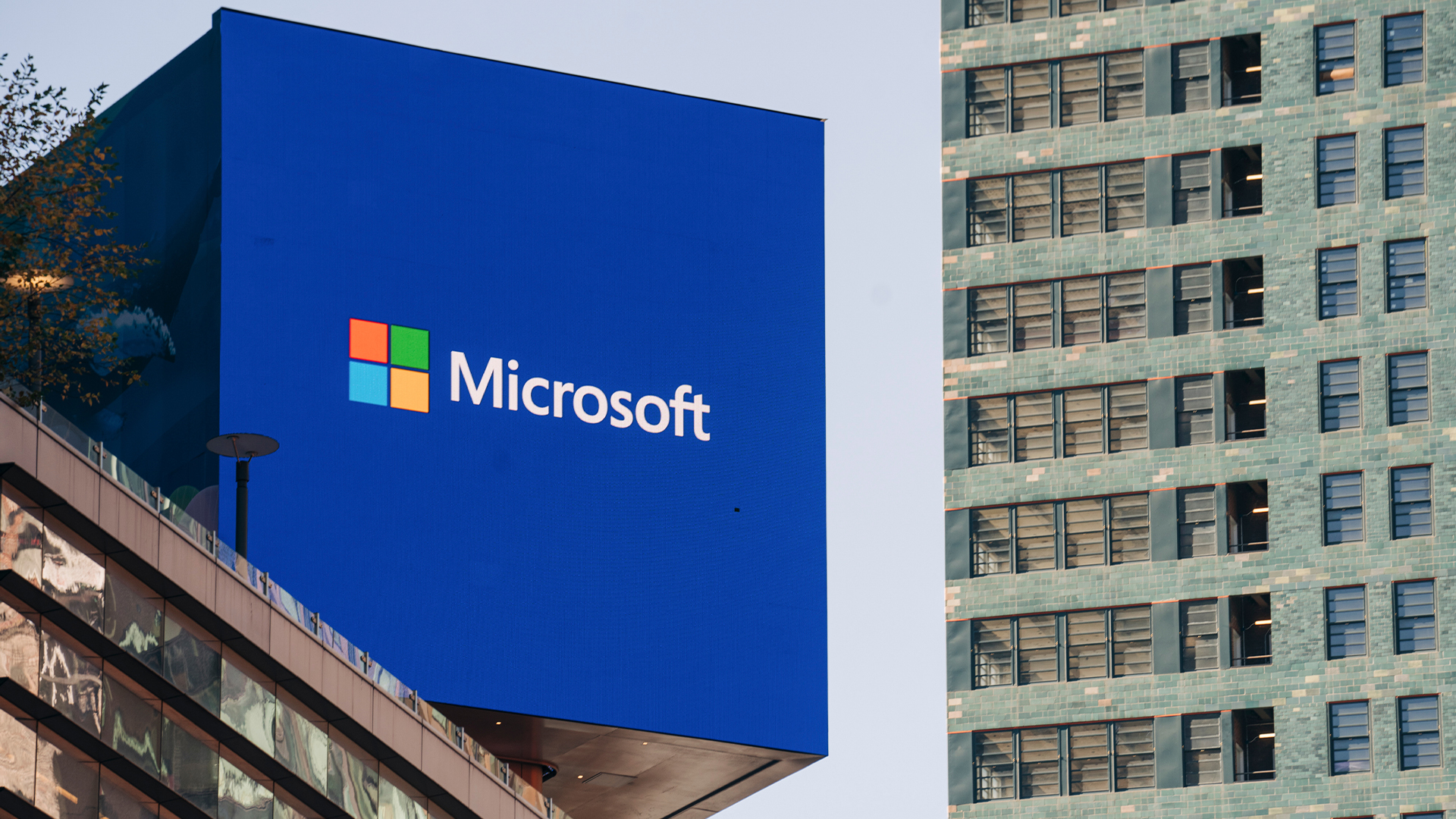 Microsoft admits users received unexpected upgrades to Windows Server 2025
Microsoft admits users received unexpected upgrades to Windows Server 2025News Admins spotted last week that Windows Server 2022 had suddenly become 2025
By Nicole Kobie Published
-
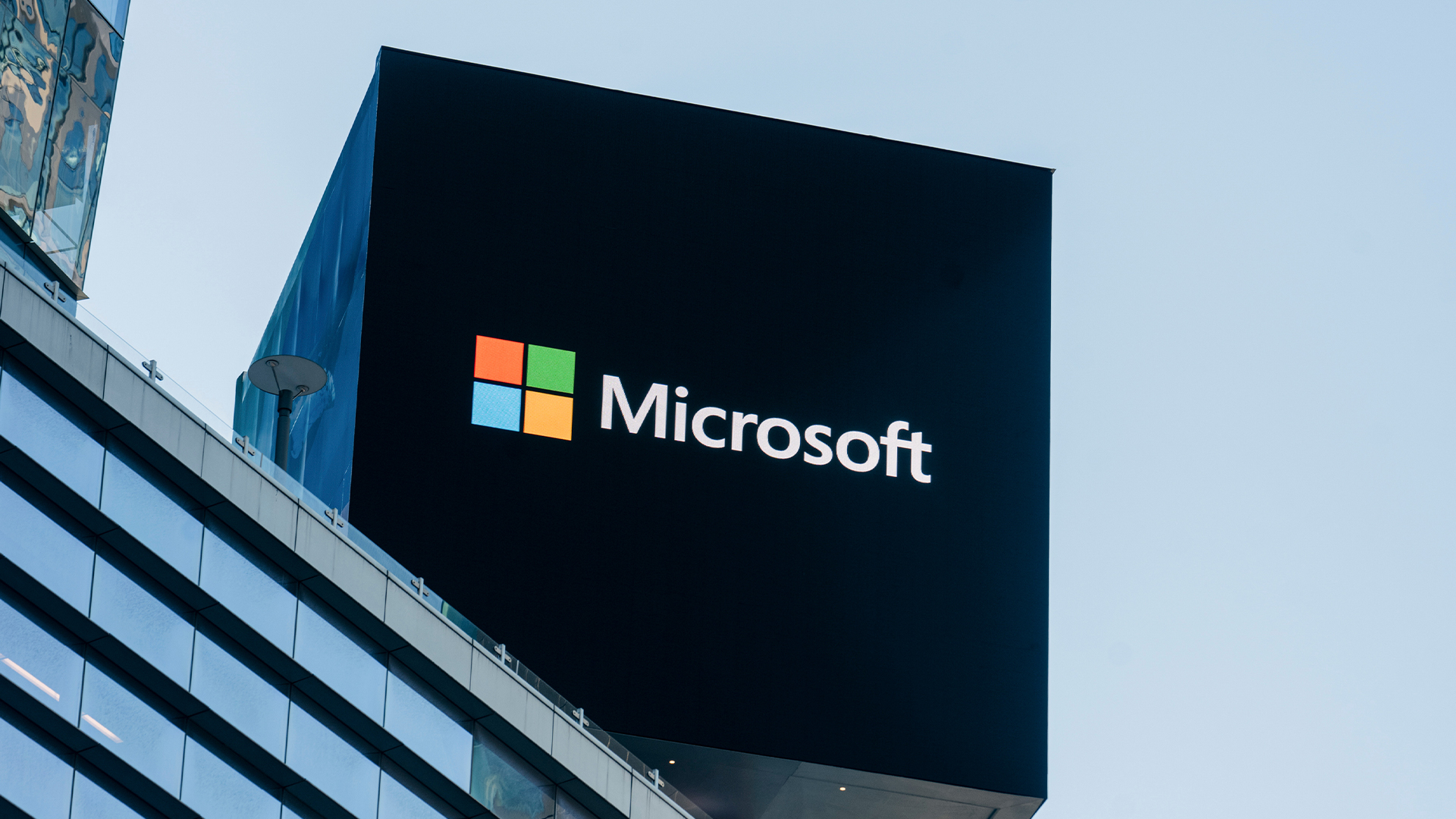 Windows Server 2025 is now available – but Microsoft warns admins to watch out for three major bugs, including one that causes the dreaded blue screen of death
Windows Server 2025 is now available – but Microsoft warns admins to watch out for three major bugs, including one that causes the dreaded blue screen of deathNews Microsoft promises security, performance, and cloud agility upgrades for Windows Server 2025 — but bugs ruin the party
By Nicole Kobie Published
-
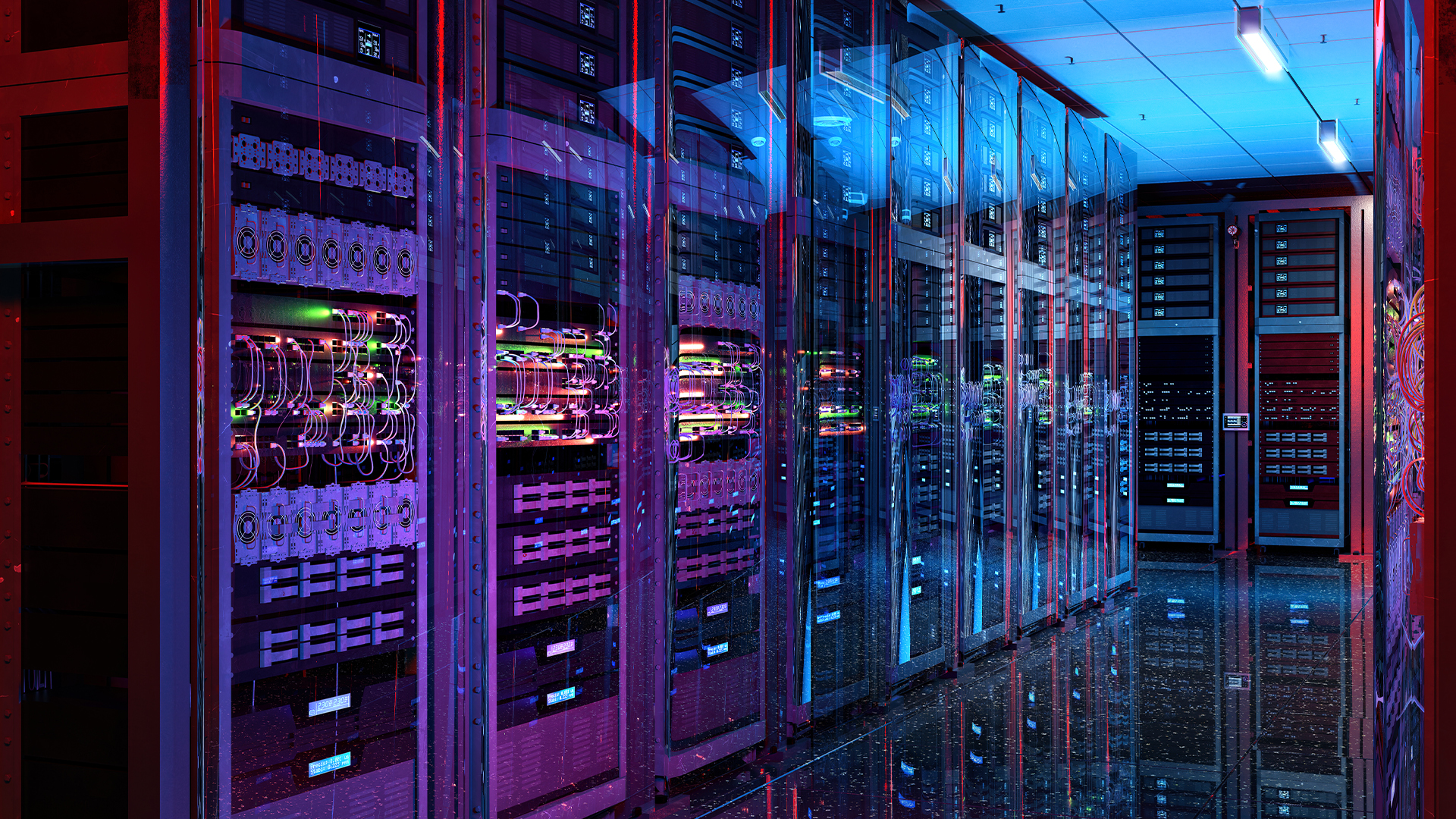 Data centers will be critical to UK economic growth in the coming decade – but researchers have warned of a ‘data doomsday’ unless energy infrastructure is improved
Data centers will be critical to UK economic growth in the coming decade – but researchers have warned of a ‘data doomsday’ unless energy infrastructure is improvedNews With TechUK calling for improved grid connections and easier access to renewable energy, a new study warns that the world's entire electricity supply may not be enough
By Emma Woollacott Published